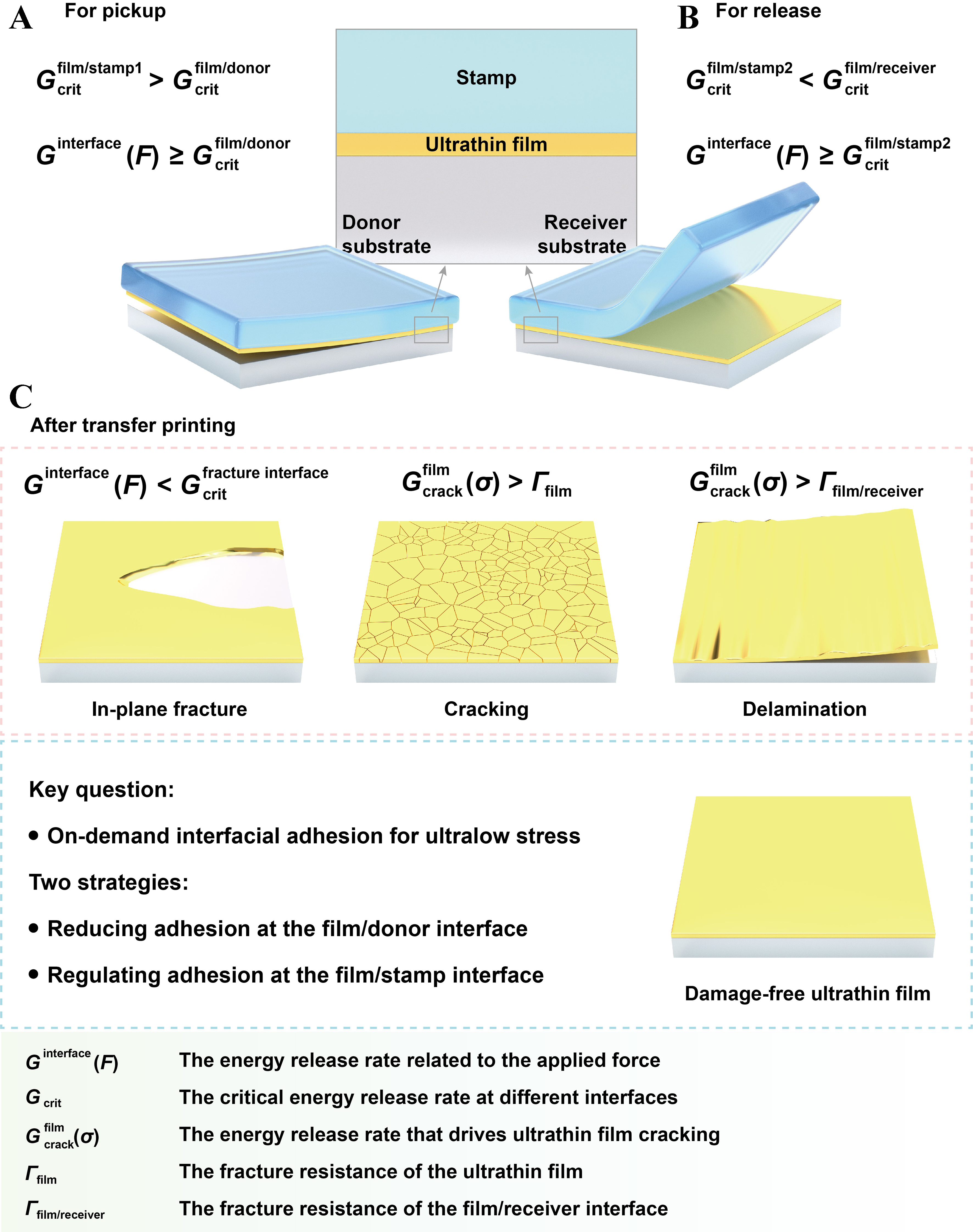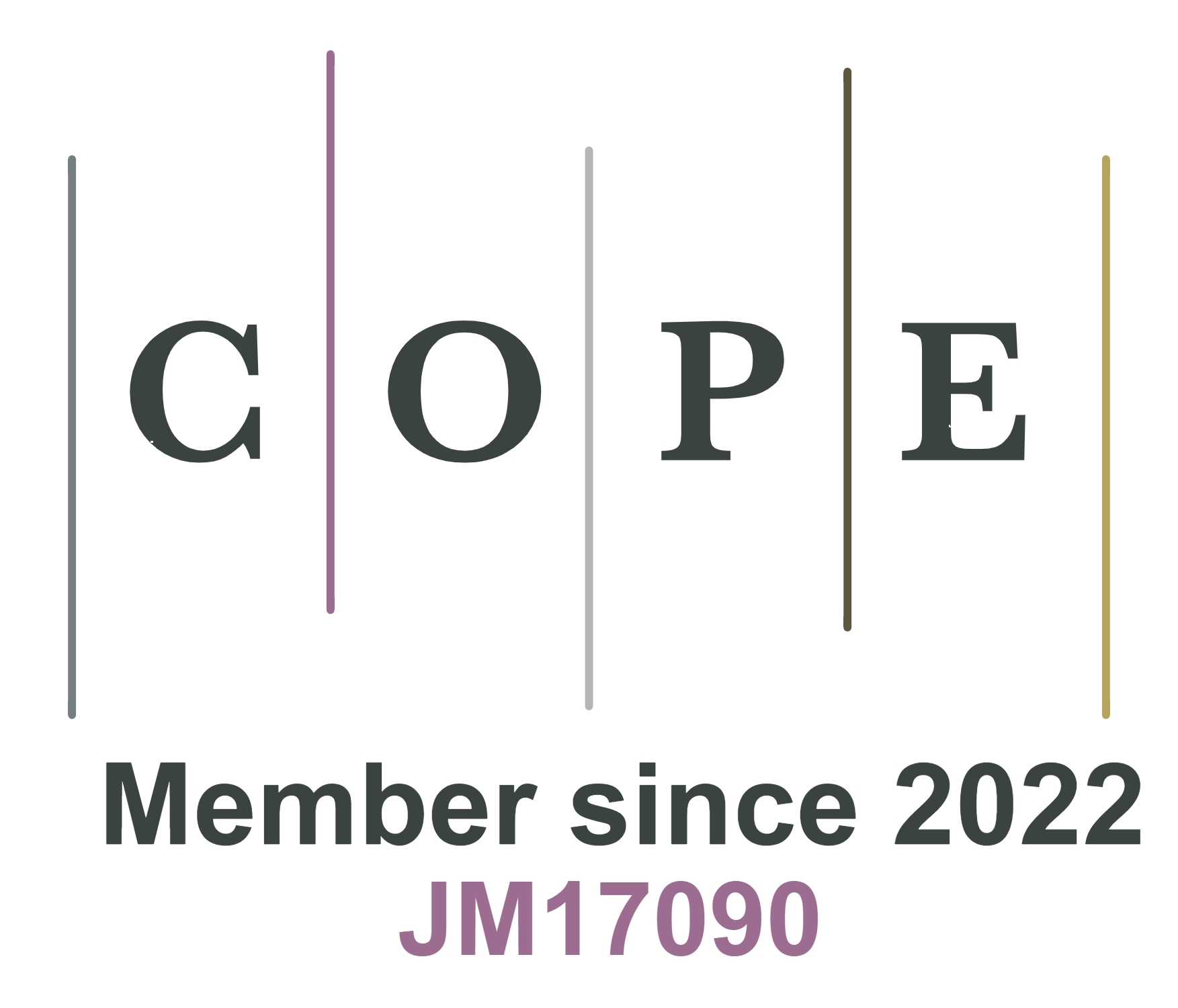fig1
Figure 1. Schematic illustration of damage-free dry transfer printing for ultrathin films. The transfer printing system consists of a donor substrate, ultrathin films, a stamp, and a receiver substrate, where successful transfer depends on the fracture energy competition at interfaces. (A) For pickup, it must satisfy











